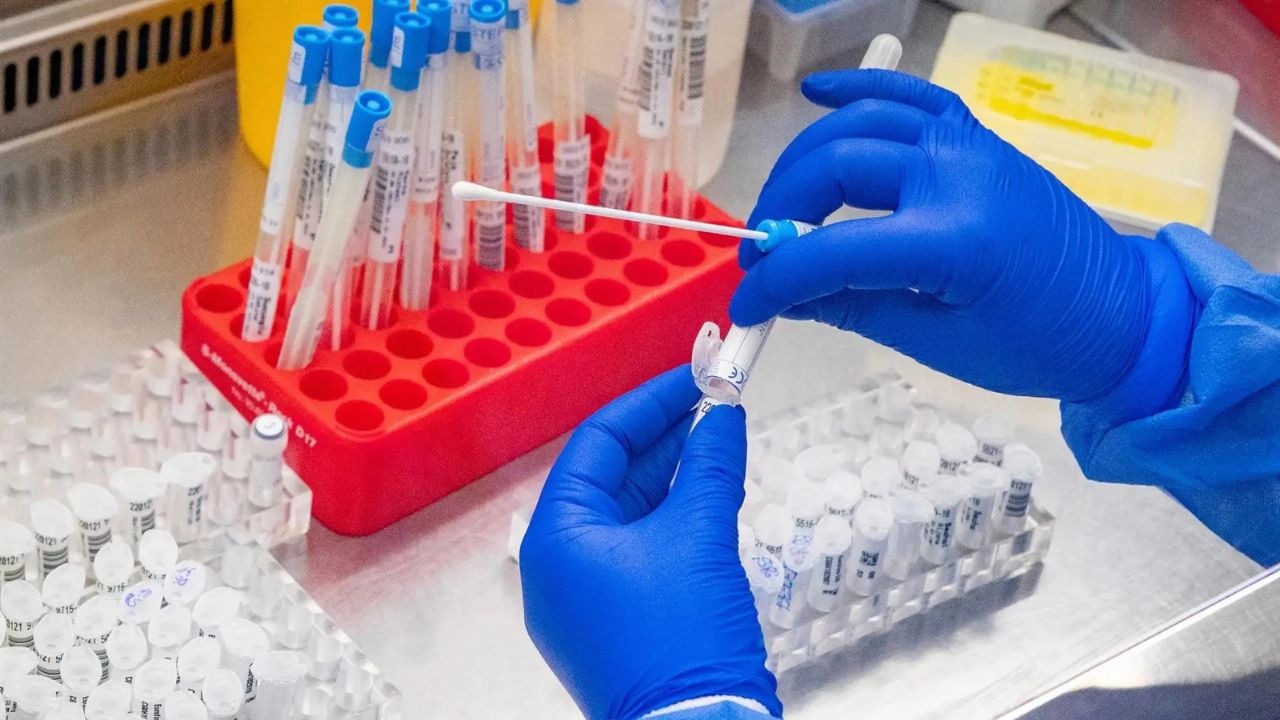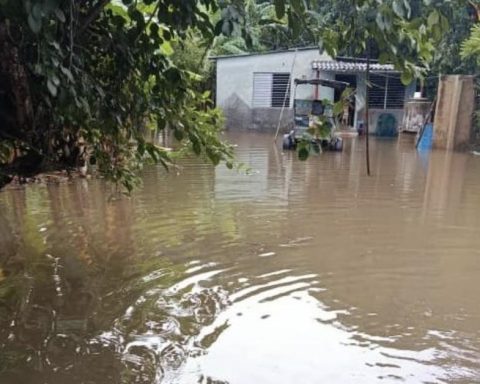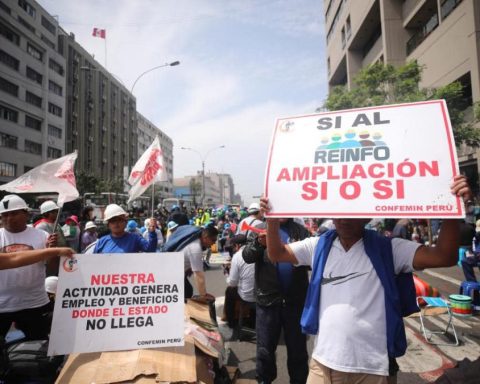The Buenos Aires Ministry of Health reported, in its latest epidemiological report, that three more cases of Argentine Hemorrhagic Fever (FHA); with which, the total number of infections amounts to 18.
According to the report of the health portfolio, “92 suspected cases of Argentine Hemorrhagic Fever, of which 18 cases were confirmed (20%); 30, discarded, and 44 cases remain as suspects with inconclusive results”, for which they foresee measures to prevent it from spreading. the illness.
The Buenos Aires Ministry of Health also reported that a 50-year-old man, a resident of General San Martín, died after being diagnosed with Argentine Hemorrhagic Fever.
This would be the second death recorded in the province due to this disease; The first case occurred in a 42-year-old woman “who had, as an epidemiological background, having participated in a social event in a rural area of the Ramallo district,” according to the portfolio.

The ministry also pointed out: “the confirmed infections were registered in the districts of San Nicolás, Pergamino and Ramallo”, districts that “correspond to the endemic area of the disease and where the appearance of sporadic cases is expected.”
However, to prevent new infections, the provincial government promotes a vaccination campaign in areas where the disease is endemic, since, in the confirmed cases, none had a history of immunization.

The health portfolio added that the number of confirmed cases in the province, so far in 2022, is already “the highest in the last 10 years”; since, in the same period of 2021, “19 suspected cases and 2 confirmed cases had been reported in the municipalities of San Nicolás and Pergamino.”
What is Argentine Hemorrhagic Fever?
The FHA is a illness endemic infectious disease in the northwest of the province of Buenos Aires, south of Córdoba, south of Santa Fe and north of La Pampa, which can mainly affect rural workers.

This pathology is caused by the Junín virus, which can be transmitted by rodents and, without proper treatment, can cause death. Some of its most common symptoms are: muscle aches, tiredness and fever. However, the diagnosis is made through a blood test.
















